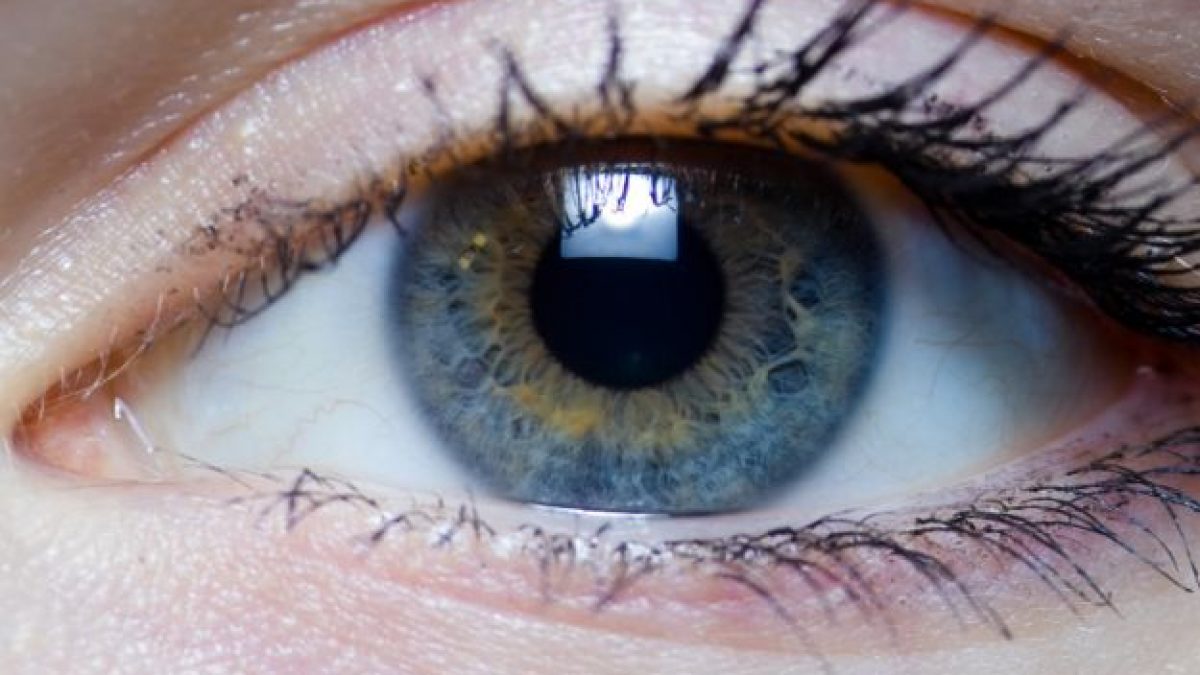
My eye dances: learning about nystagmus
Nystagmus is defined as the abnormal and rhythmic oscillation of one or both eyes. It is often associated with diseases such as congenital cataracts, retinal or optic nerve malformations, albinism and certain brain diseases
Nystagmus is an abnormal, rhythmic oscillation of one or both eyes
There is idiopathic nystagmus (also referred to as congenital nystagmus) that occurs in the first six months of life.
It involves both eyes, is pendular (more often) or jerky and has a similar amplitude in both eyes.
The movement occurs in a single plane, usually the horizontal plane, and does not vary in different gaze positions.
The oscillation is independent of head position, increases with fixation and decreases with convergence or partial closure of the eyes.
A ‘blocking position’, i.e. a position of the eyes in which nystagmus is reduced, is often noticeable.
Attempting to seek this position in which vision improves may lead the child to assume an abnormal head tilt.
There is then a so-called latent nystagmus
This occurs when one eye is occluded, i.e. covered, for example with the hand or with a lens that does not allow light to pass through.
A jerky nystagmus affects only one eye. It is often associated with strabismus and amblyopia.
It is caused by a failure to develop fusion, the process that allows our brain to form a single visual representation from two similar retinal images.
This condition can be seen, for example, in congenital cataracts.
A particular and rarer form of nystagmus is Spasmus Nutans.
Nystagmus is associated with oscillations and an abnormal head position.
It usually appears in the first year of life and disappears spontaneously within a couple of years.
Nystagmus is irregular and the amplitude is different in the two eyes
It may be a sign of a brain tumour, often of the optic nerves or of the brainstem, a structure at the base of the brain that connects it with the spinal cord.
Nystagmus not infrequently occurs in patients with congenital cataracts affecting both eyes and may be associated with other congenital diseases, such as retinal or optic nerve malformations, albinism, and brain diseases, particularly affecting the cerebellum.
Diseases that affect the vestibular apparatus, i.e. the structures of the inner ear that allow movements and head position to be perceived, can induce nystagmus, which is often torsional and rarely present ‘in primary position’, i.e. when the gaze is directed forward.
In paediatric patients less frequently, nystagmus may be associated with diseases such as hydrocephalus, trisomy 21 or vascular-based cerebropathy.
The sudden onset of nystagmus should always raise suspicion of possible tumour diseases, particularly of the cerebellum and brainstem.
Sedative and anti-convulsant drugs can induce nystagmus.
With observation and clinical evaluation.
Important is the assessment of the child’s behaviour: for example, the position and any head swaying when playing.
The complementarity of the information obtained from the ophthalmic and orthoptic examinations often allows the differential diagnosis between idiopathic, latent and acquired forms and, consequently, a more appropriate request for in-depth diagnostic examinations (visual evoked potentials or magnetic resonance imaging) or neurological counselling.
Read Also:
Emergency Live Even More…Live: Download The New Free App Of Your Newspaper For IOS And Android
Dry Eye Syndrome: Symptoms, Causes And Remedies
Red Eyes: What Can Be The Causes Of Conjunctival Hyperemia?
Autoimmune Diseases: The Sand In The Eyes Of Sjögren’s Syndrome
Corneal Abrasions And Foreign Bodies In The Eye: What To Do? Diagnosis And Treatment
Covid, A ‘Mask’ For The Eyes Thanks To Ozone Gel: An Ophthalmic Gel Under Study
Dry Eyes In Winter: What Causes Dry Eye In This Season?
What Is Aberrometry? Discovering The Aberrations Of The Eye
Raising The Bar For Pediatric Trauma Care: Analysis And Solutions In The US
What Is Ocular Pressure And How Is It Measured?
Opening The Eyes Of The World, CUAMM’s “ForeSeeing Inclusion” Project To Combat Blindness In Uganda
What Is Ocular Myasthenia Gravis And How Is It Treated?
Retinal Detachment: When To Worry About Myodesopias, The ‘Flying Flies’
Retinal Thrombosis: Symptoms, Diagnosis And Treatment Of Retinal Vessel Occlusion


